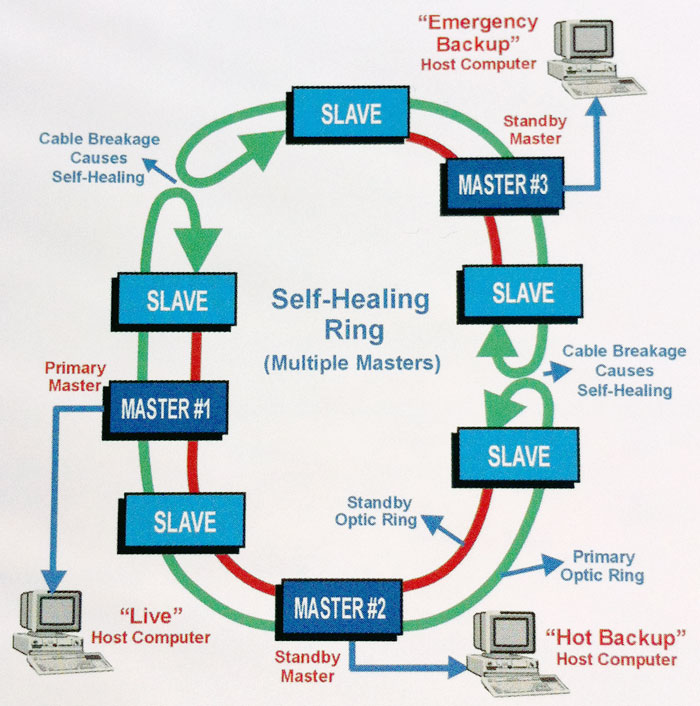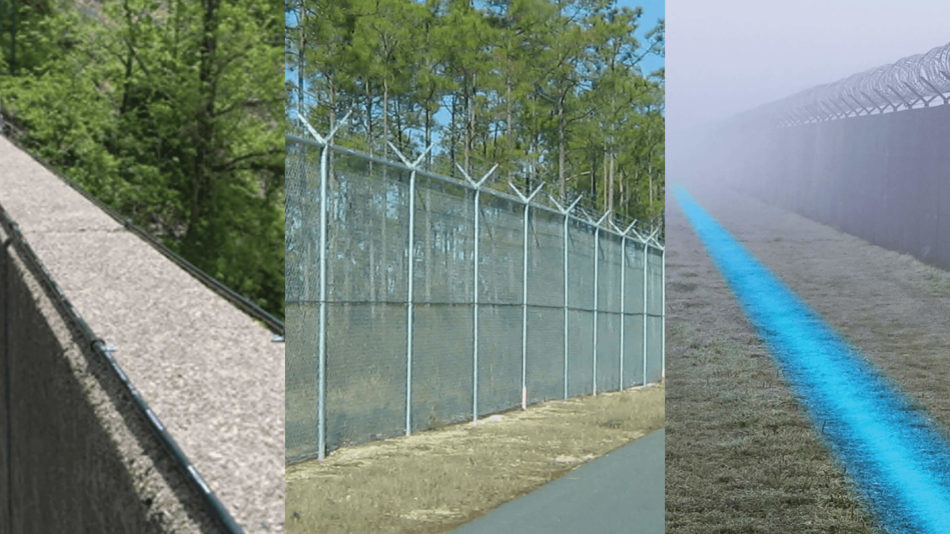The Importance of a Fiber Optic Security System in Safeguarding Sensitive Data and Facilities
The Importance of a Fiber Optic Security System in Safeguarding Sensitive Data and Facilities
Blog Article
Why Fiber Optic Safety Systems Are the Future of Security
The shift to fiber optic safety and security systems notes a considerable development in the world of defense, driven by their exceptional data transmission abilities and strength to outside disturbances. These systems not only assist in faster and much more trusted interaction but likewise present a cost-efficient service with reduced upkeep demands. As the landscape of protection develops along with arising technologies such as AI and IoT, the potential for fiber optics to enhance and redefine security facilities becomes significantly evident. The implications of these developments raise crucial inquiries concerning the future of security steps and their efficiency in an ever-changing setting.
Benefits of Fiber Optic Systems
Among the primary benefits of fiber optic systems is their premium data transfer capability, which helps with the transmission of big quantities of data over cross countries without considerable loss. This characteristic is especially helpful for security applications that call for the continual tracking and transfer of high-def video feeds, sensor data, and various other vital information. Fiber optics can accommodate the growing demands of contemporary protection systems, guaranteeing that data remains intact and reputable.
Additionally, fiber optic wires are much less vulnerable to electromagnetic disturbance, which can be a substantial concern in environments with numerous electronic gadgets. This resistance boosts the honesty of the information being transferred, therefore lessening the risk of data violations or system failings. Furthermore, fiber optic systems are naturally extra protected than standard copper cable televisions, as using a fiber optic line without discovery is extremely difficult.
The resilience of fiber optic cables additionally adds to their charm. They are immune to ecological factors such as wetness and temperature level fluctuations, lowering maintenance prices and increasing system longevity. In general, these advantages position fiber optic systems as a durable and effective selection for modern-day safety infrastructures, ensuring trusted and protected information transmission.
Improved Information Transmission Speed

The ability to transmit substantial amounts of data rapidly promotes the seamless assimilation of high-definition video feeds and advanced analytics. Safety and security systems can now refine and analyze details in real-time, improving feedback times and situational recognition. Furthermore, fiber optic connections support longer transmission ranges without degradation of signal top quality, making them optimal for expansive safety networks.
The increased speed of fiber optic systems not only enhances the efficiency of safety procedures however also reduces latency. This is particularly crucial in vital circumstances where timely decision-making can prevent This Site security violations or mitigate prospective threats. As companies proceed to prioritize safety and effectiveness, the need for fast and dependable data transmission will most certainly solidify fiber optic systems as a keystone of contemporary safety and security framework.
Resistance to Interference
Fiber optic protection systems constantly show exceptional resistance to electromagnetic disturbance, an important benefit in environments vulnerable to electronic noise. Unlike standard copper cable televisions, which can be negatively influenced by electro-magnetic areas, radio frequency interference, and various other forms of electric disturbance, fiber optic cords utilize light to send information. This intrinsic home makes certain that the signals continue to be clear and unaltered, despite bordering digital activity.
Using glass you could try this out or plastic fibers in fiber optic innovation produces a barrier versus disturbance, permitting trustworthy data transmission even in challenging situations such as industrial centers, urban locations with high electronic web traffic, or areas near radio towers. This particular significantly reduces the chance of signal degradation or loss, making fiber optic systems particularly appropriate for security applications where integrity and accuracy of data are paramount.
Furthermore, this resistance to disturbance boosts the general performance and dependability of safety and security systems, ensuring that surveillance and sharp systems work perfectly. In a globe where protection is significantly endangered by advanced modern technologies, the resilience of fiber optic systems stands apart as a critical attribute, strengthening their status as a necessary element of modern safety facilities.
Cost-Effectiveness With Time
Considerable expense savings can be attained gradually with the application of fiber optic protection systems. While the initial financial investment may appear greater contrasted to conventional copper-based systems, the long-lasting monetary advantages emerge with lowered functional and maintenance costs (fiber security). Fiber optic wires are inherently a lot more sturdy and less prone to ecological elements, which equates to lower substitute and repair service expenditures over their lifespan
Furthermore, fiber optic systems need much less power to operate, which further decreases power prices. Improved information transmission capabilities enable less repeaters and amplifiers, reducing equipment investment and improving installment processes. The scalability of these systems likewise adds to cost-effectiveness, as organizations can broaden their protection facilities without sustaining significant extra costs.
An additional aspect to consider is the boosted efficiency in tracking and feedback capabilities that fiber optics provide. Enhanced real-time data transmission can lead to quicker occurrence feedback times, possibly mitigating losses and liabilities related to safety breaches. Altogether, the long-term advantages of fiber optic safety systems not only warrant the preliminary expense yet also place them as a financially prudent option for companies seeking robust protection remedies.

Future Developments in Safety
Progressing technologies are set to change security systems, integrating fabricated knowledge (AI) and artificial intelligence to boost threat her latest blog discovery and reaction capabilities. These advancements will certainly enable safety and security systems to evaluate large amounts of information in real-time, determining patterns and abnormalities that suggest possible hazards. This aggressive method will certainly enable faster decision-making and much more effective occurrence responses.
Furthermore, the consolidation of the Internet of Things (IoT) is paving the means for interconnected safety and security devices, offering detailed surveillance and tracking. Smart sensing units can pass on details regarding ecological adjustments, while automated notifies can inform safety personnel instantly of dubious tasks.
In addition, the advancement of biometric technologies will certainly further boost protection systems. Face acknowledgment, fingerprint scanning, and retina identification are coming to be much more sophisticated, giving layers of authentication that are challenging to bypass.
Final Thought
Finally, fiber optic security systems represent a significant advancement in security innovation, supplying unrivaled data transmission rate, resistance to electromagnetic disturbance, and lasting cost-effectiveness. As the need for sophisticated protection remedies remains to grow, the assimilation of optical fiber with emerging innovations such as AI, IoT, and biometrics will certainly further enhance security infrastructures (fiber security). The combination of these technologies will certainly make sure a more secure and receptive atmosphere, strengthening fiber optics as a keystone of future safety systems
Report this page